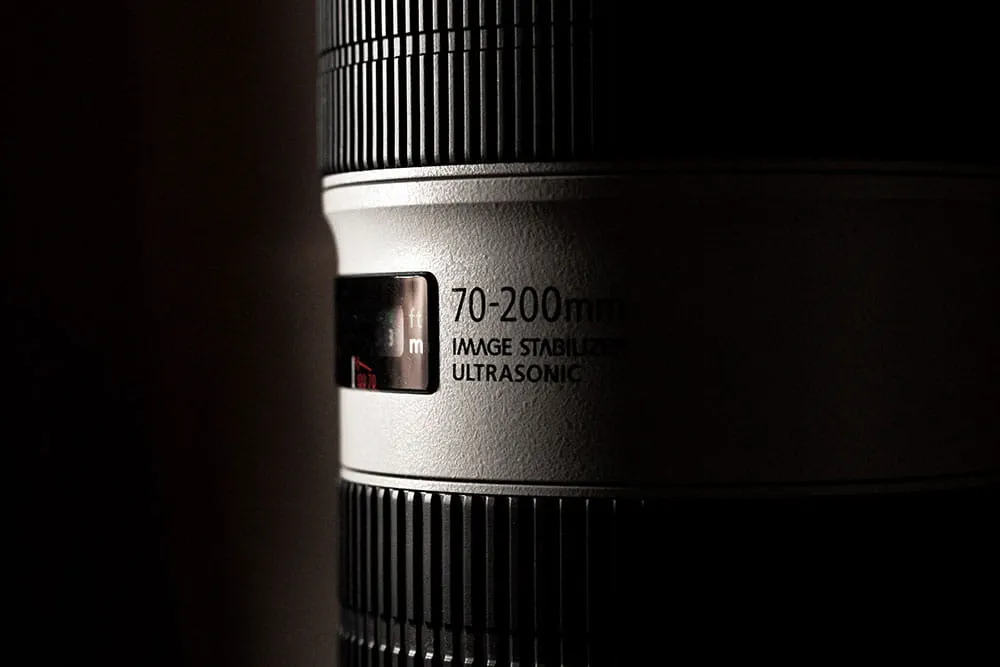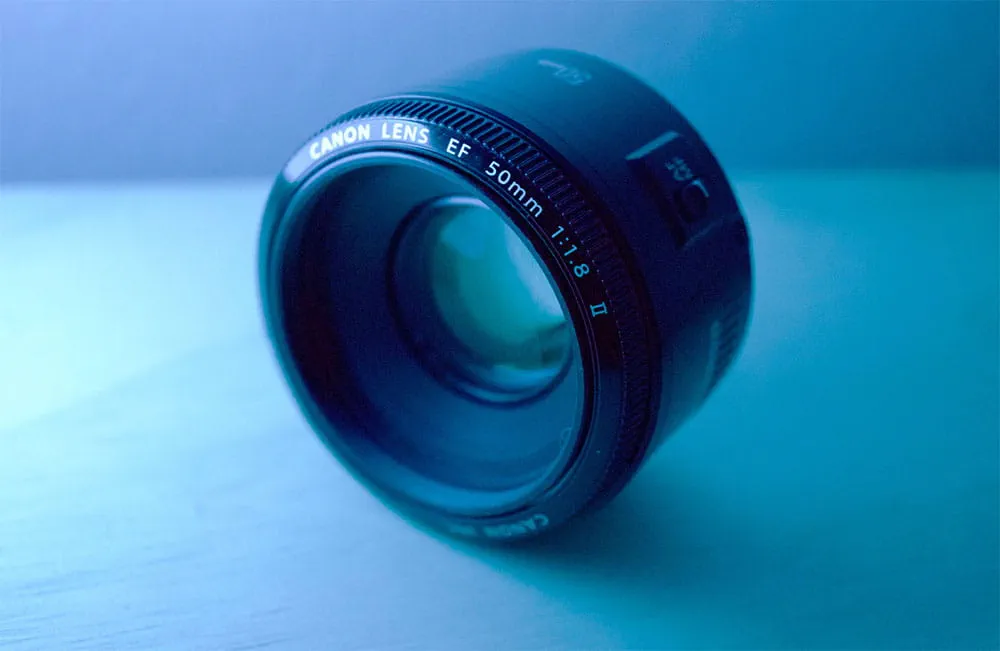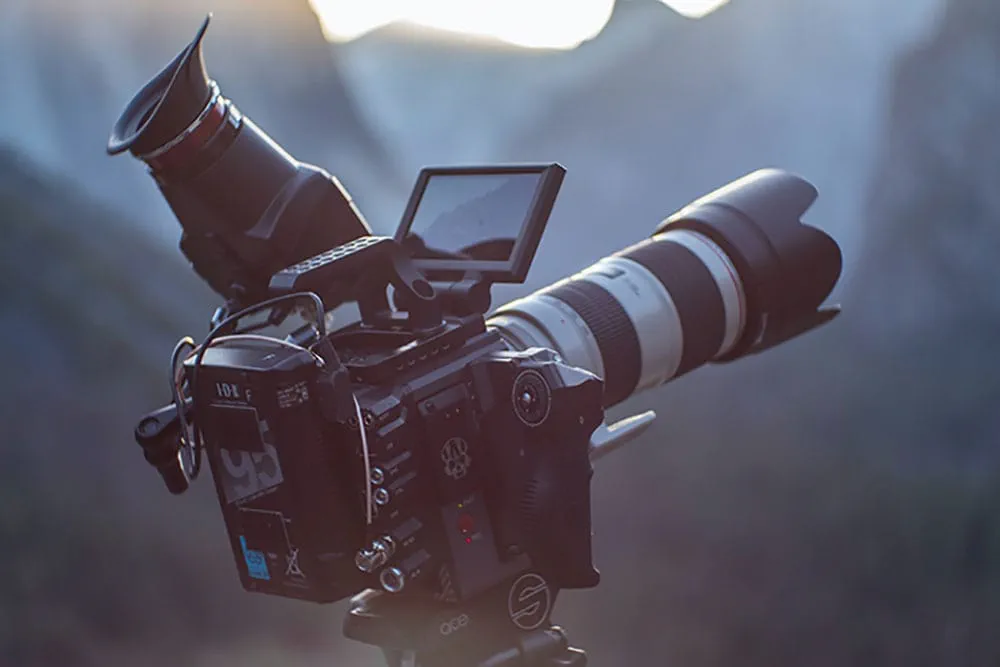How To Know Camera Lenses
Different types of camera lenses and when to apply them
Here are half-dozen of the main types of camera lens and the best fourth dimension to utilise them
Entering the world of photography tin can exist a minefield when it comes to the different types of lenses on the market.
Fifty-fifty the experienced photographer will be difficult-pressed to explicate the exact differences and function of each particular lens, but knowing more than about the functionality, focal lengths and uses of a lens tin can assist you to employ it in the right state of affairs.
And knowing when to utilize the correct lens, is just one stride towards becoming a much ameliorate photographer. In this commodity, we take a expect at the unlike types of camera lenses and when they should be used.
What types of camera lenses are in that location?
In this article, when nosotros talk about lenses we will be referring to the detachable lenses that are used by photographers. The same principles utilise beyond different brands, be it Sony or Nikon, and across different types of camera body, be information technology DSLR or Mirrorless.
One of import point to note though is that some lenses are designed for different camera bodies, so always check before making a buy. DSLR and Mirrorless cameras are either total-frame or ingather sensors. While full-frame lenses tin be used on a ingather sensor, a lens designed for a crop sensor can't exist used on a full frame!
Focal length size guide
| Focal Length | Blazon of Lens | What is it used for? |
| 4mm - 14mm | Fisheye | Abstruse, artistic |
| 14mm - 35mm | Wide angle | Landscape, architecture |
| 35mm - 85mm | Standard | Street, travel, portrait |
| 85mm - 135mm | Brusk telephoto | Street photography and portraits |
| 135mm+ | Medium telephoto | Sports, wildlife, activeness |
| 300mm+ | Super telephoto | Sports from a distance, nature and astronomy |
| 35mm - 200mm | Macro | Close-up shots |
What are the chief types of camera lens?
Information technology tin be quite overwhelming in the early stages of getting into photography when you find out but how many types of camera lens there are. Fortunately, camera lenses can exist cleaved down into 2 types, zoom lenses and prime lenses. We'll explain what the definition of these two photographic camera lenses are below.
What is a zoom lens?
Zoom lenses are one of the most common types of lens that you'll need in your photography armoury, offering you a great range for photographing anything from people in the streets to wildlife in the African Savanna.
Zoom lenses are incredibly versatile, with the well-nigh popular being the 70-200 mm lens that y'all'll see being used by wedding photographers. Zoom lenses have variable focal lengths, and so with a 70-200mm lens for instance, you can zoom from 70mm all the way up to 200mm.
If you're travelling light, though, you can find zoom lenses with much more range, such as an 18 - 270 mm, assuasive you to photograph both close up and in the distance.
For budding photographers or anyone needing to photograph in a various range of scenarios or conditions, there's nothing that can really beat a skilful zoom range for quality and adaptability. Information technology's the all-round lens that everyone needs!

Zoom lenses are a versatile choice of lens.
What is a prime number lens?
A prime number lens is a classic style that has been around as long equally cameras have. Prime lenses take a stock-still focal range, which means that you lot can't zoom in or out.
The main advantage of prime lenses is that they specialise in just one focal length. In other words, they are finely tuned to deliver on 1 specific type of photography, unlike a zoom lens which tin be used in a multitude of cases.
Because of this, prime lenses produce much college quality images than a zoom lens in general, merely you lot will need to know in which situation you tin can use them. For example, the 50mm prime lens, otherwise known as the Great Fifty, is perfect for portraits, as the focal length is seen to be as close to the human eye as possible.
A 35 mm prime lens, on the other manus, is usually best employed by landscape photographers.

The 'Corking Fifty' is a pop selection amid photographers.
Telephoto Lens
If a standard zoom lens isn't quite strong enough for your needs, so the next step upwardly is a telephoto lens. These big lenses are found within a range of 100mm up to 600mm, sometimes even more.
Telephoto lenses are bulky and may crave a tripod to back up them, making them nowhere almost every bit practical every bit a standard zoom lens.
If you are a professional wild fauna lensman, sports photographer, or if you photo the dark heaven and the stars, and then a telephoto lens tin be invaluable. For amateurs though, it'south perhaps non within your budget.

Telephoto lenses are specialist bits of kit, especially for wild animals photographers.
Wide-angle lenses
Broad-bending lenses are a must-accept if you're a landscape lensman and looking to step upwardly your game. Wide angles take a wider focal field, allowing you to substantially capture more of the scene in front of you than say a zoom lens.
For this reason, wide angles are perfect for photographing landscapes, as you can capture more of the scenery and create a much more vivid picture. They are as well dandy for photographing architecture, every bit yous'll exist able to capture the whole building in front of you.
Wide-angle lenses generally take a focal length between 16 and 35mm.
Fisheye Lens
If you need to capture an even wider field of view, then you'll need to invest in a fisheye lens. These create the unusual 'fisheye' effect, similar to a GoPro image.
A fisheye lens is basically an ultra-wide-angle lens, offering an enormous field of view. These are more specialist lenses and aren't generally needed by most photographers. They are useful if yous are photographing indoors or using your camera for design work. An ultra-wide-angle lens can have a focal length as depression every bit 8mm.
In conclusion, there are different types of camera lens for most any situation you could detect yourself in as a photographer. Knowing which lens is best for what scenario, will ready you on your fashion to becoming a much-improved photographer.

Source: https://www.photoguard.co.uk/camera-lens-guide
Posted by: madisonbablin1977.blogspot.com

0 Response to "How To Know Camera Lenses"
Post a Comment